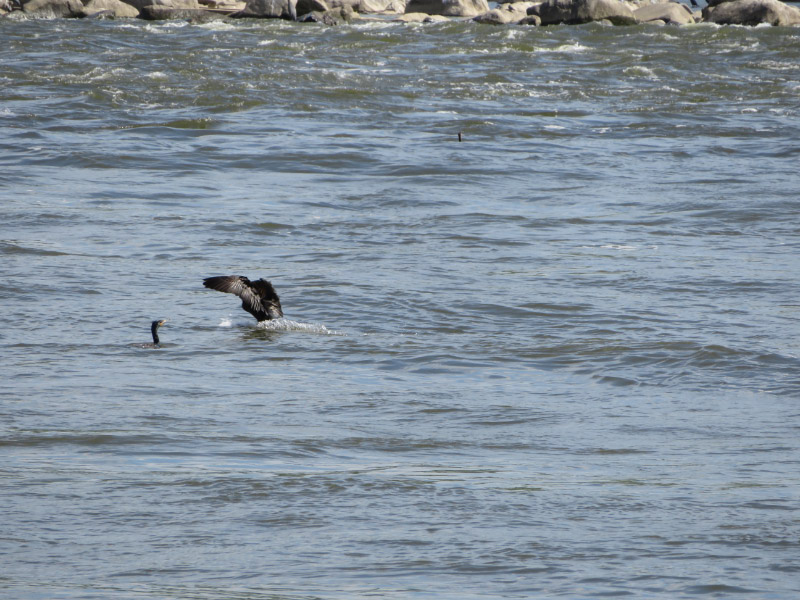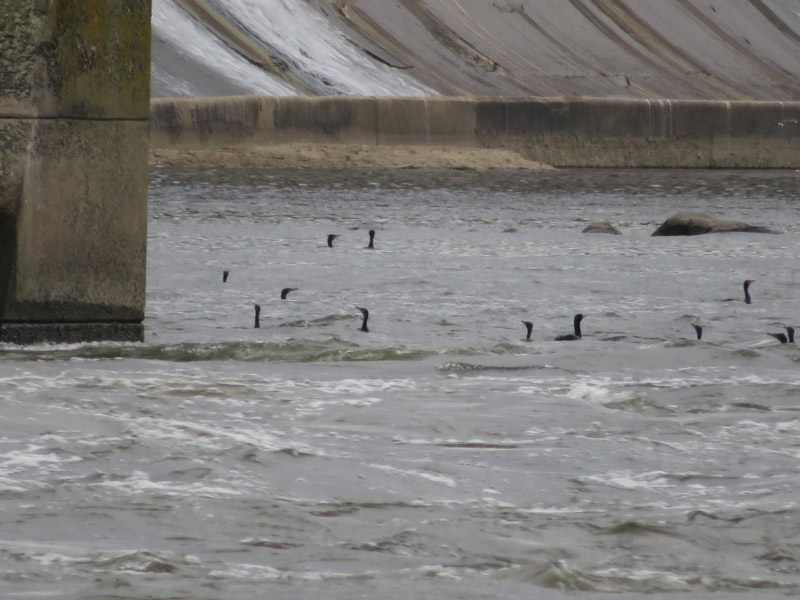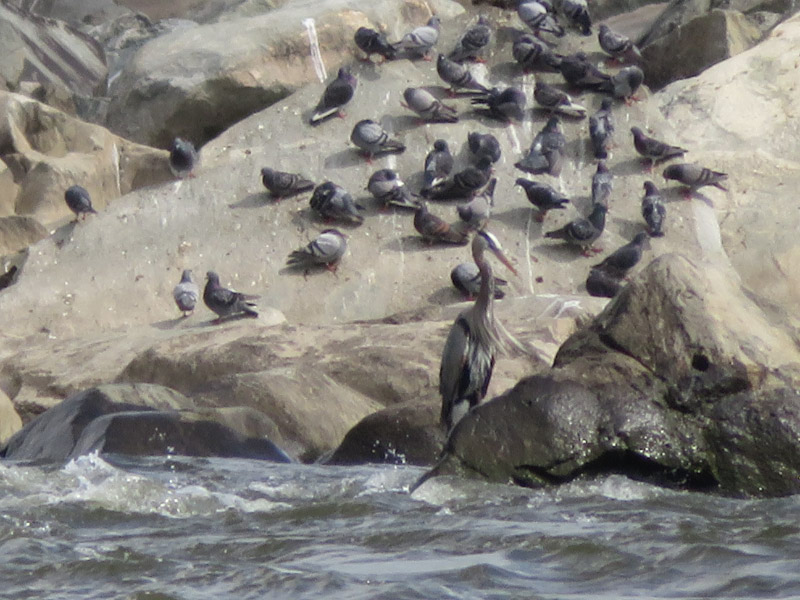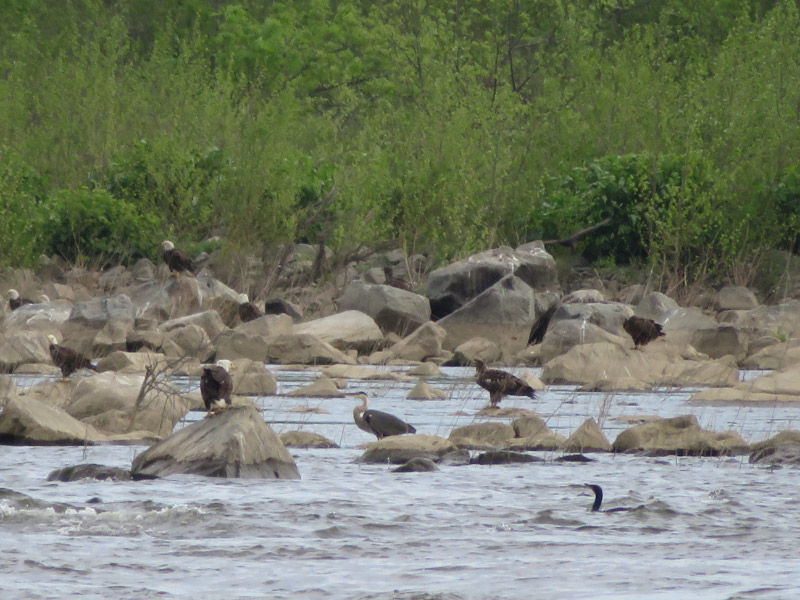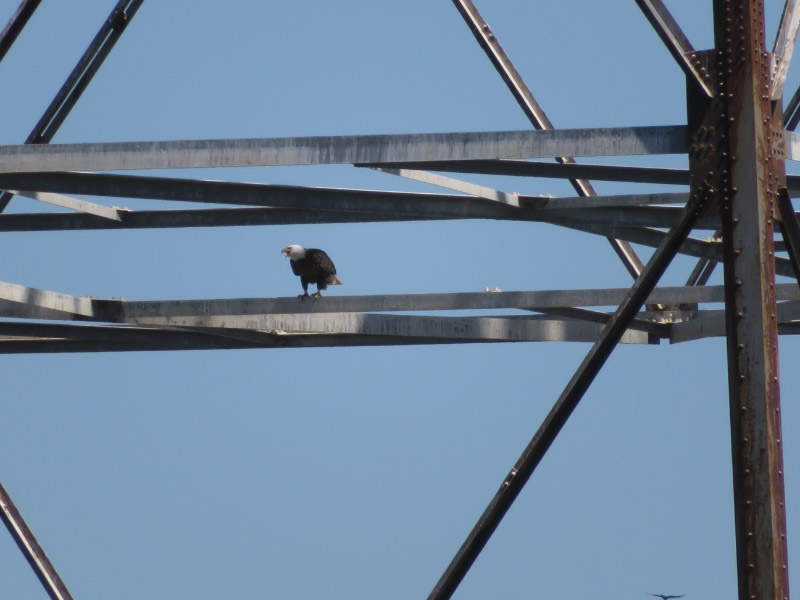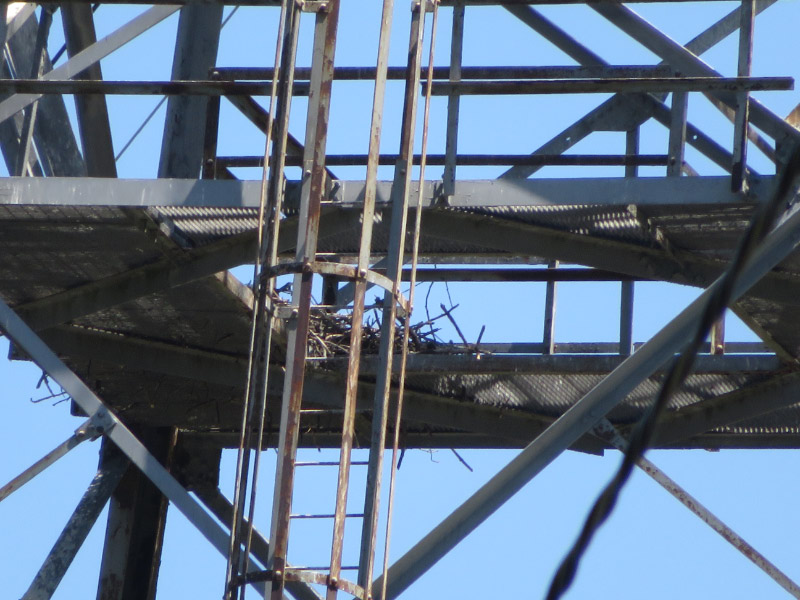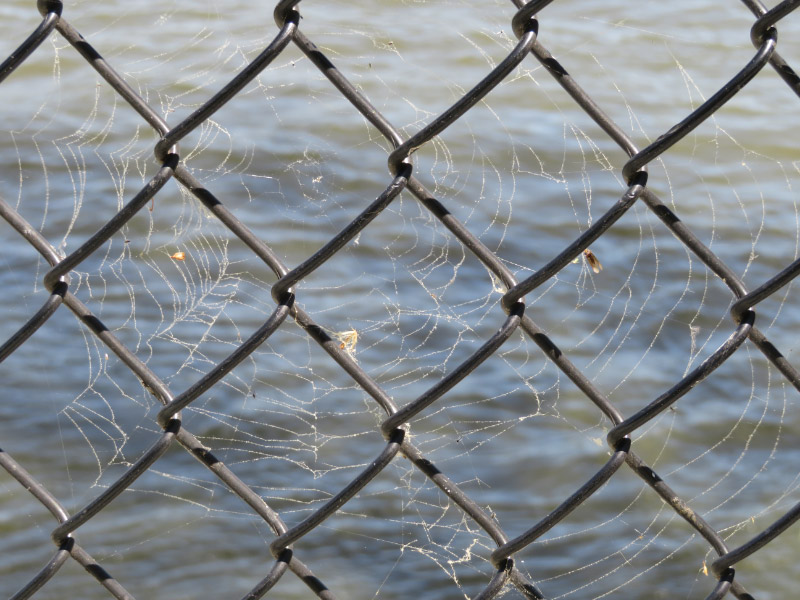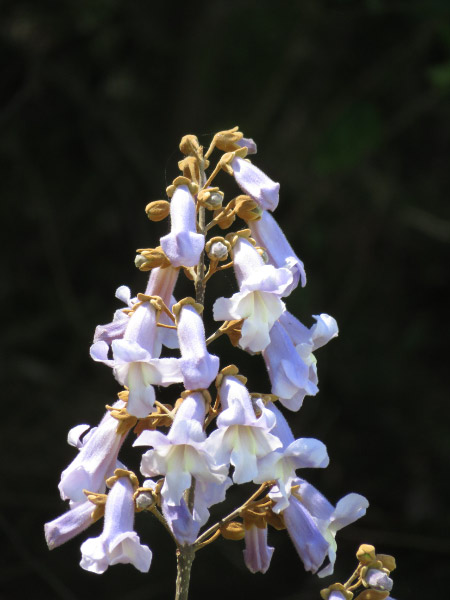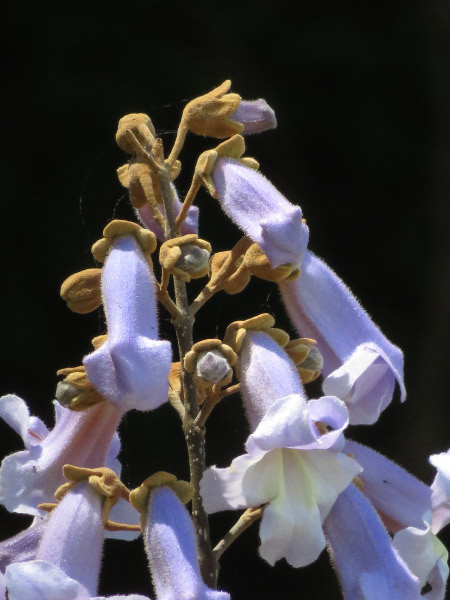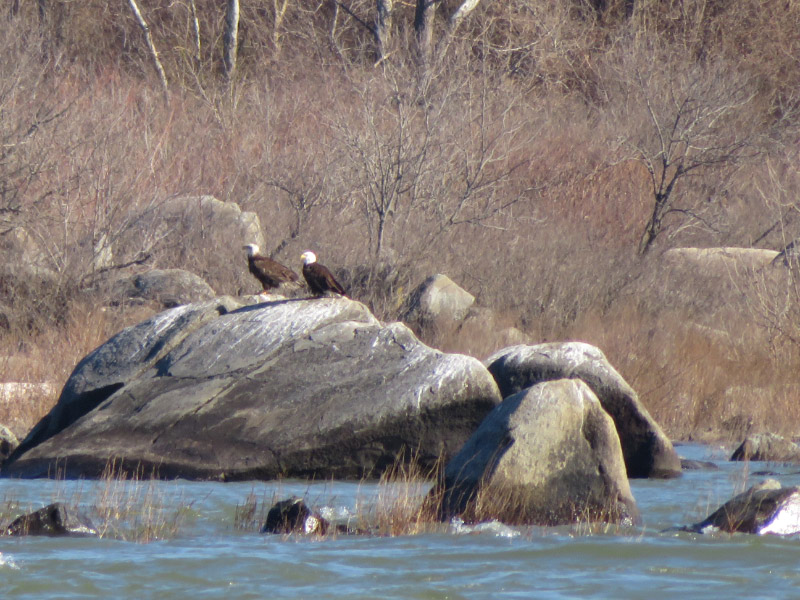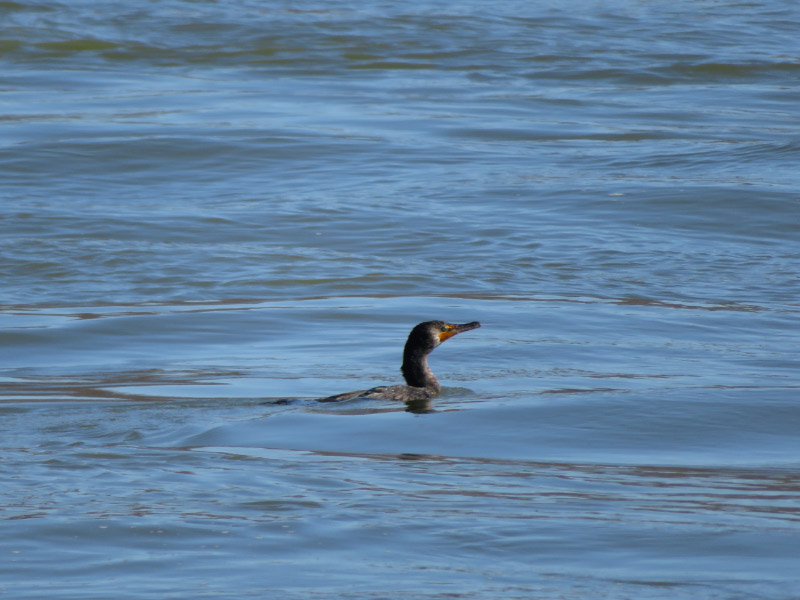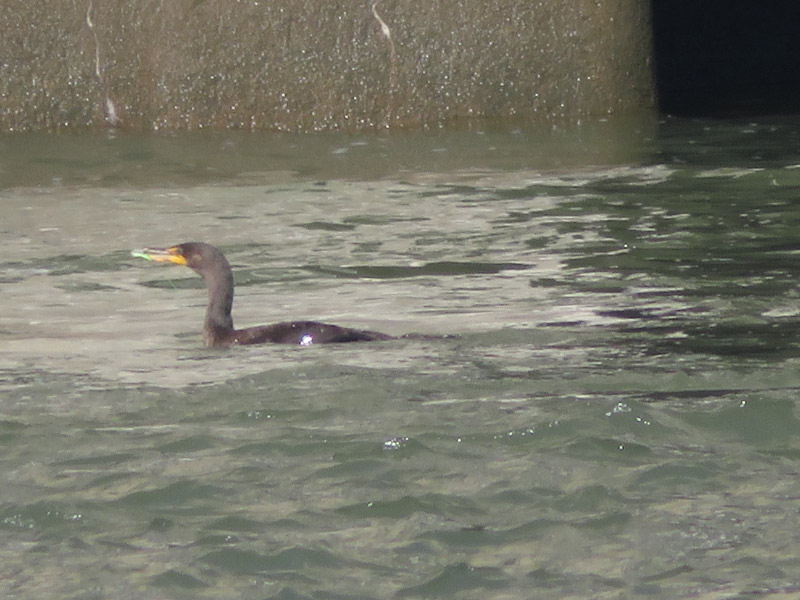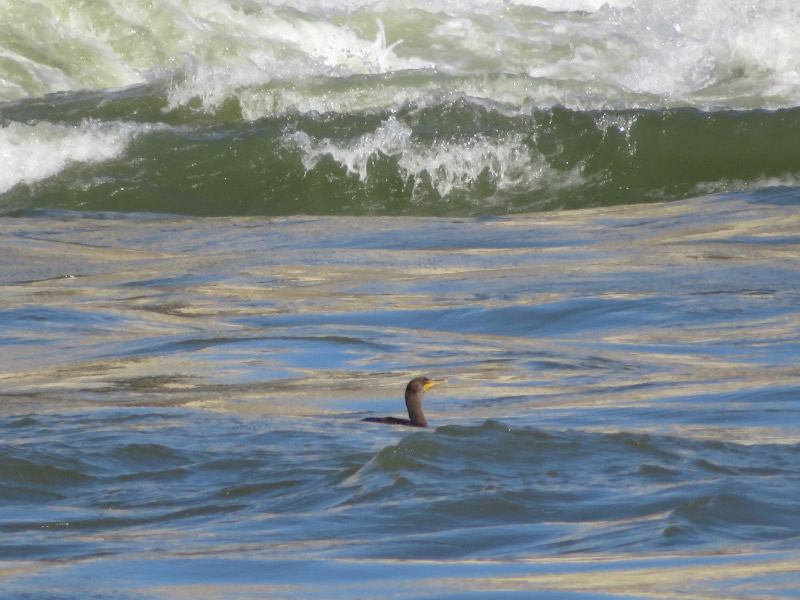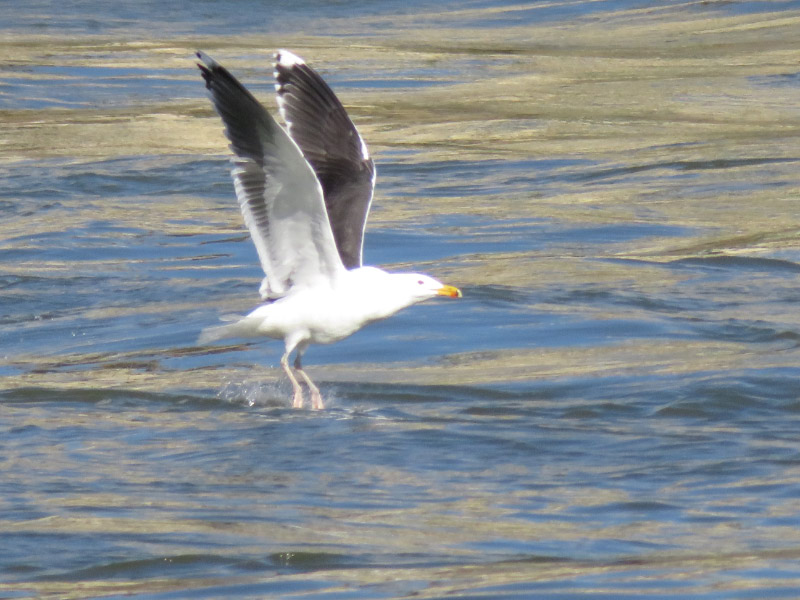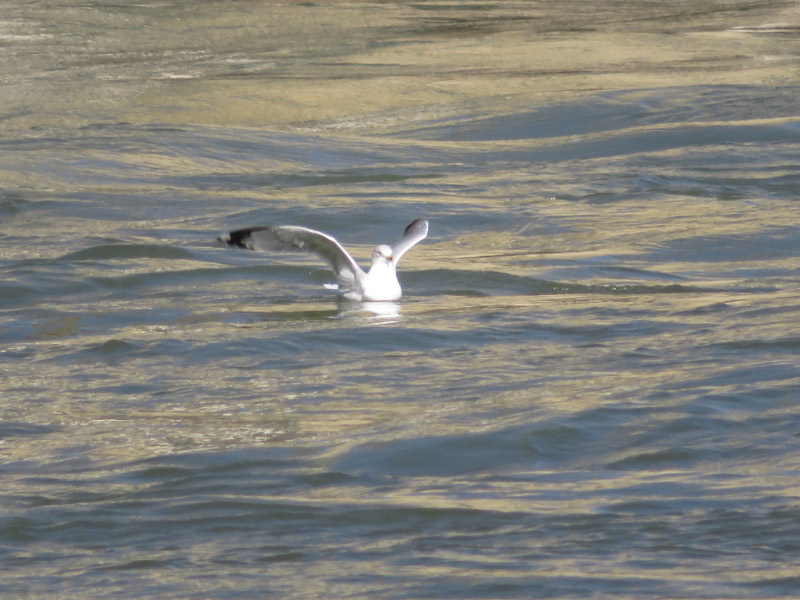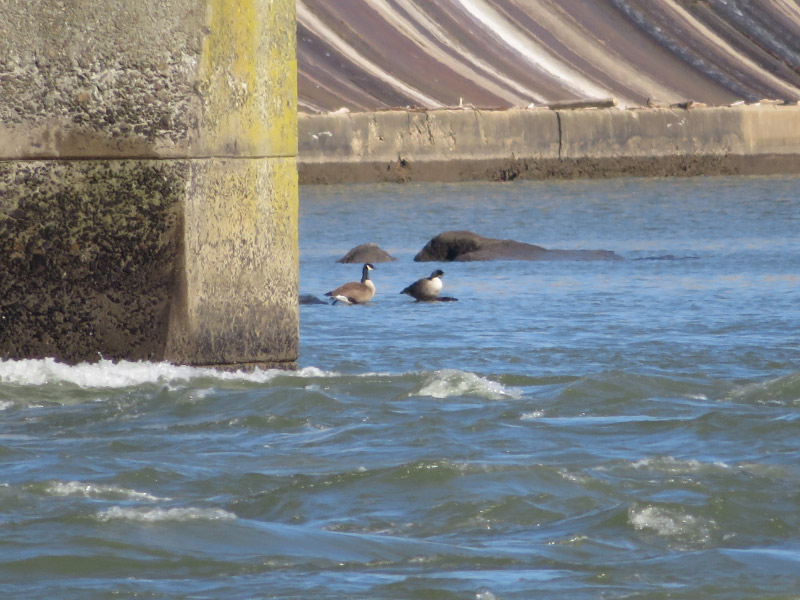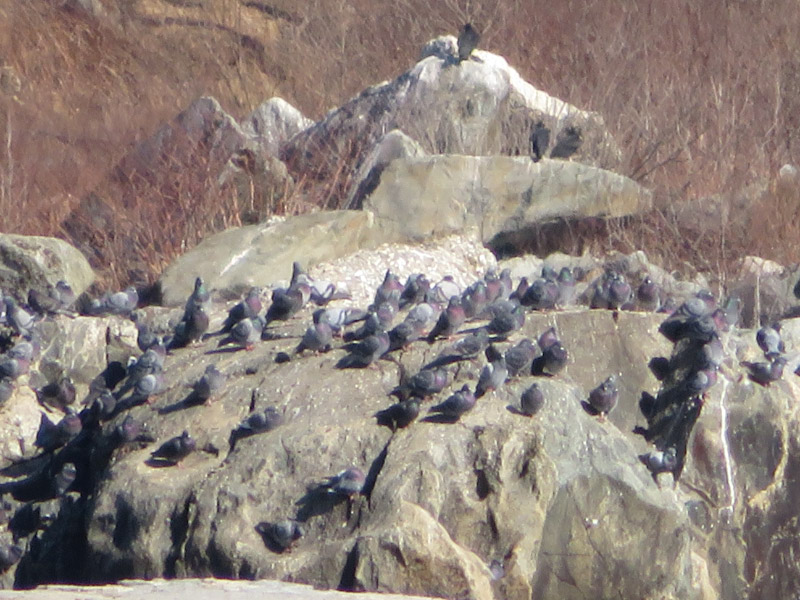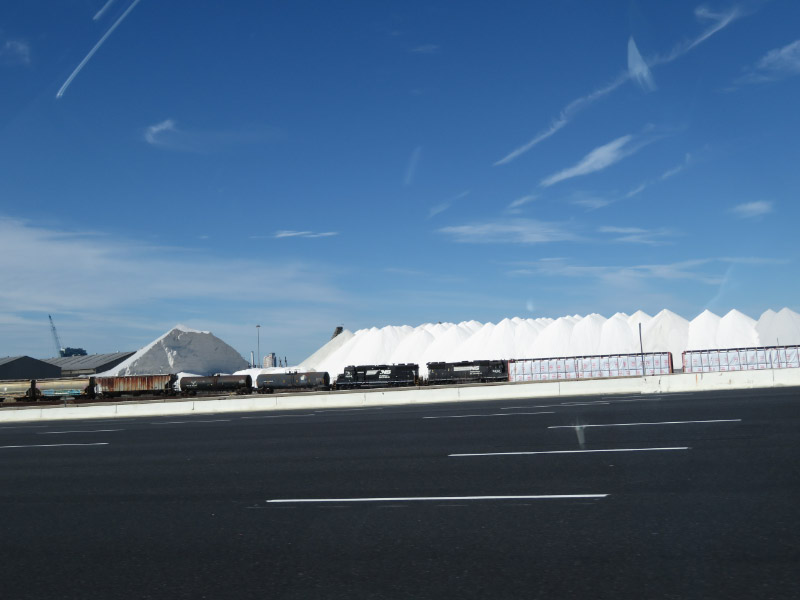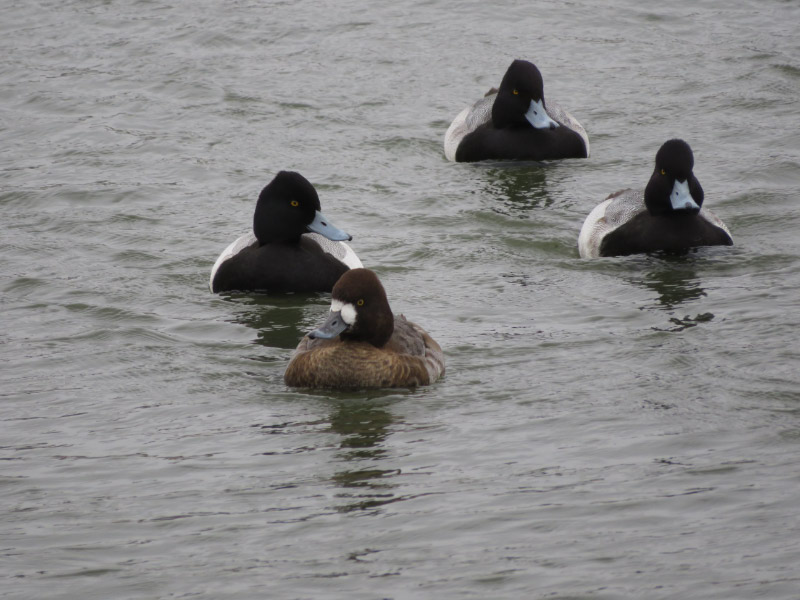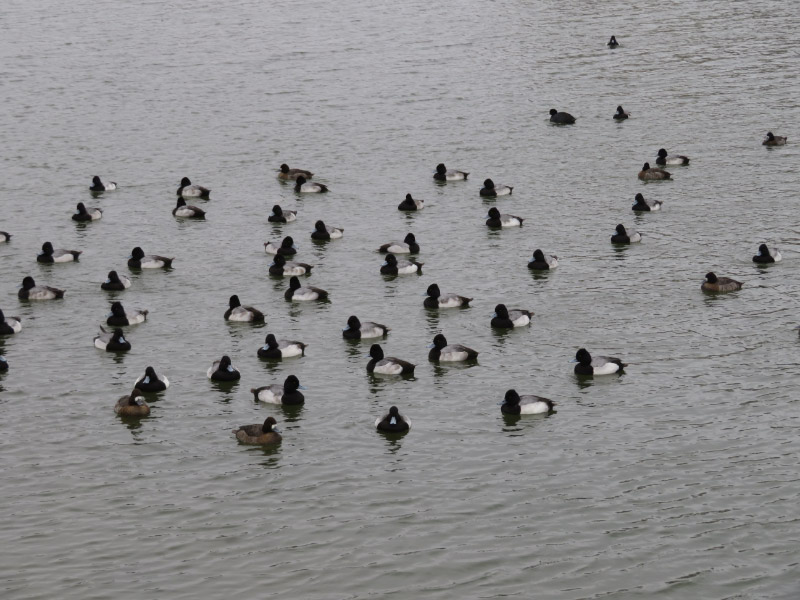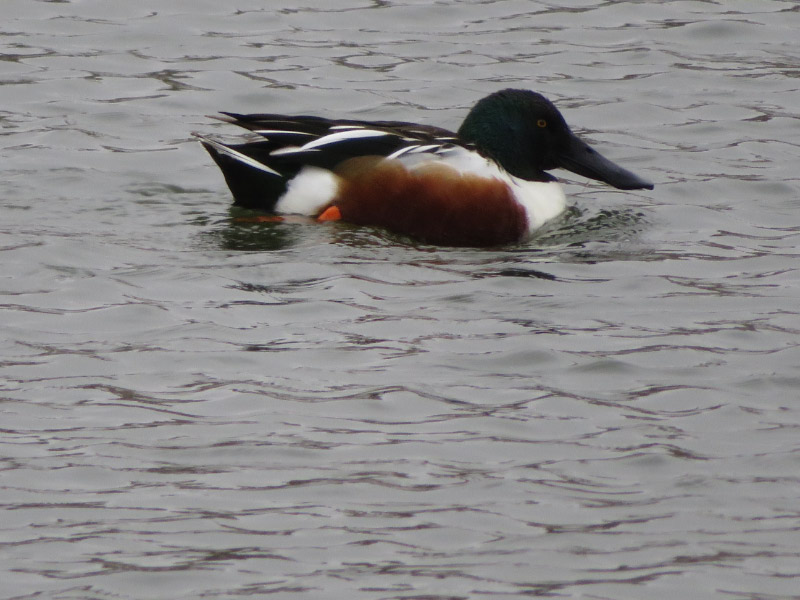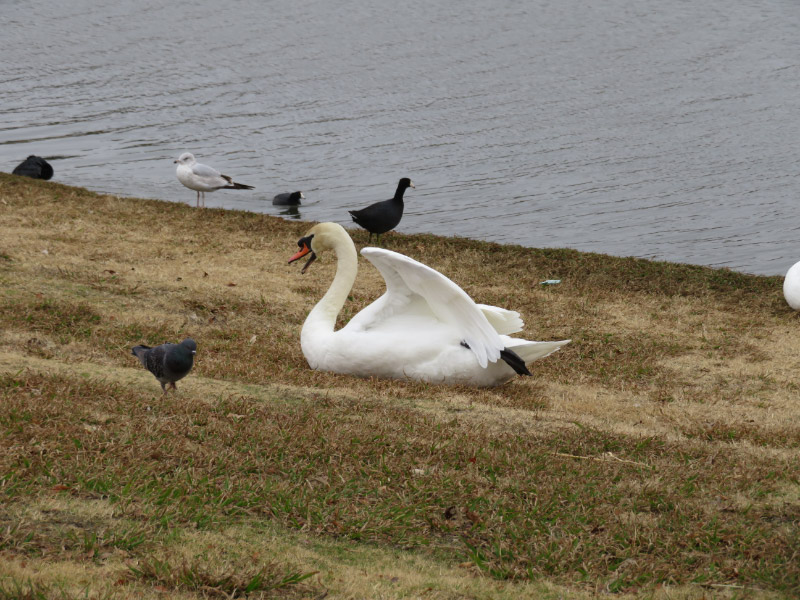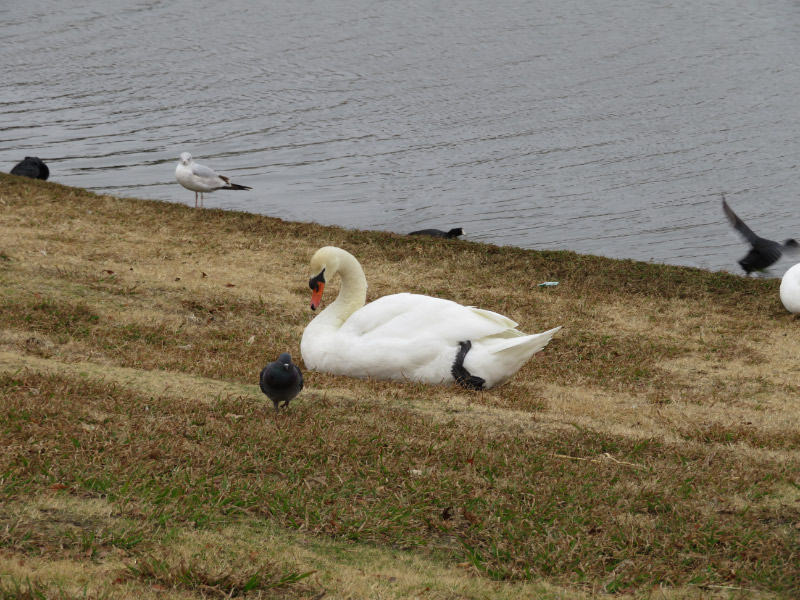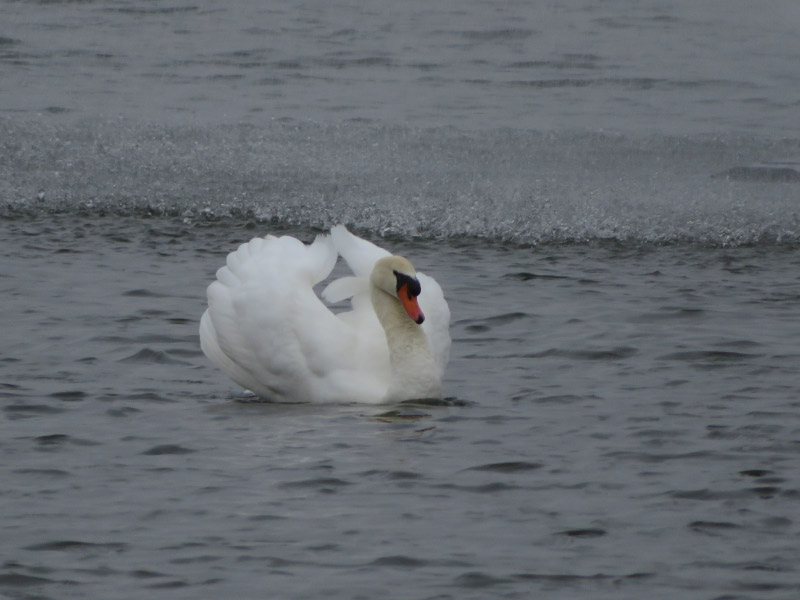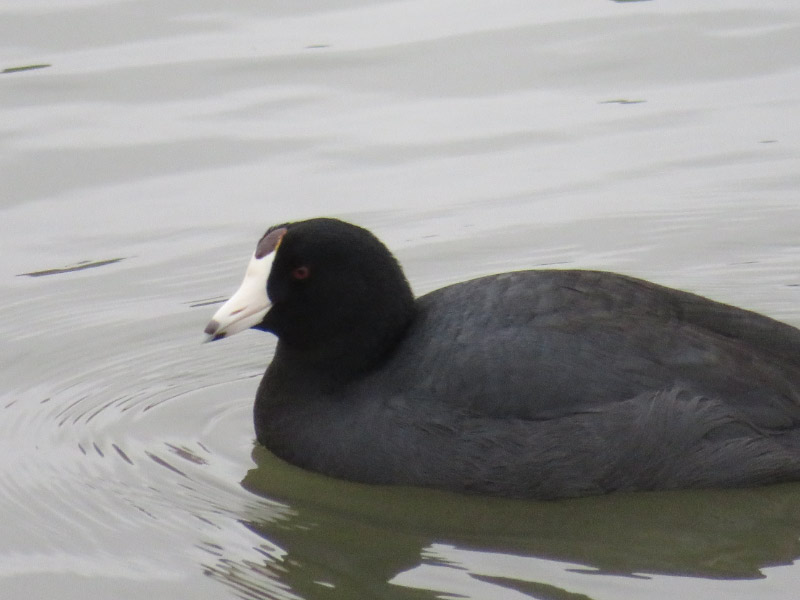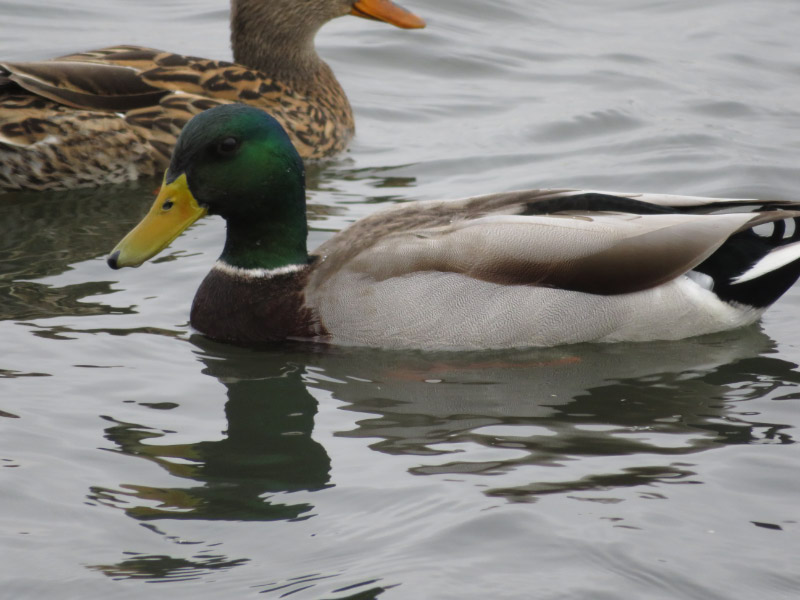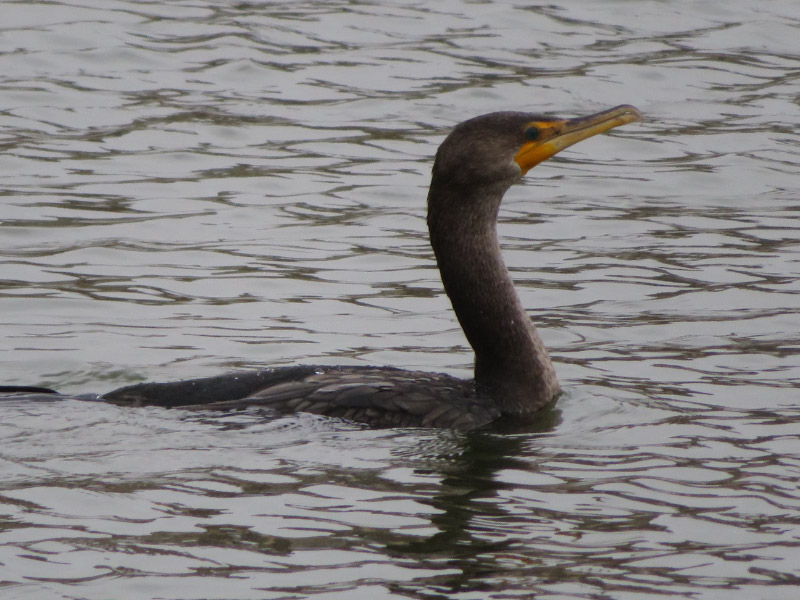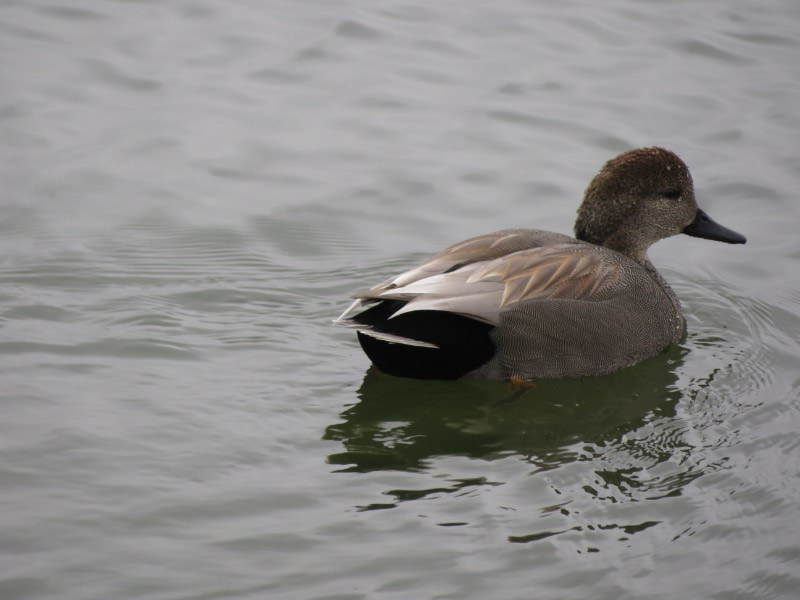Gleanings of the Week Ending June 17, 2017
/The items below were ‘the cream’ of the articles and websites I found this past week. Click on the light green text to look at the article.
Lost ecosystem found buried in mud of southern California coastal waters – An ecosystem that had existed for 4000 years died off in the early 1900s – destroyed by sedimentation from coastal land use practices from 1769 onward.
Gigantic Aztec Temple Unearthed in Mexico City – Built to look like a coiled snake. A hotel owns the site.
Top 25 Wild Bird Photographs of the Week # 91 – Do you have a favorite from the bird images this week? I liked the cormorant catching the fish.
Prairie Ecologist Photo of the Week – Poppy mallows and yarrow…and the bug drama on them (Hint: it involves a crab spiders and a fly)
The Chemistry Behind the Opioid Epidemic – It’s not just about heroin any more. Many people became addicts from drugs prescribed by their doctors for pain. I listen to stories on this topic trying to understand why the medical establishment in not doing more to keep people from becoming addicted.
Sounds of Nature in National Parks are being Trampled by Noise – Modern conveniences are noisy. Now that I have a car that operates as an EV most of the time, I am realizing how much car noise is almost everywhere. At least there are beginning to be EV options. In my neighborhood, lawn mowers and leave blowers are big nose emitters.
Art History: The evolution of landscape painting and how contemporary artists keep it alive – Eye candy….I like landscapes in general and appreciated the bit of history….also the artists producing landscapes today.
Climate change could make cities 8C hotter – Wow – the urban heat island effect already makes cities a little hotter than countryside….it gets worse as the countryside gets warmer.
Reading the Neandertal Smile – A study of the dental calculus (calcified dental plaque) of 5 European Neandertal specimens revealed that some were meat eaters, others vegetarians depending on whether they lived in a steppe or forest environment.
The Celiac Surge – This article discusses the rapid increase in celiac disease…and potential causes.

